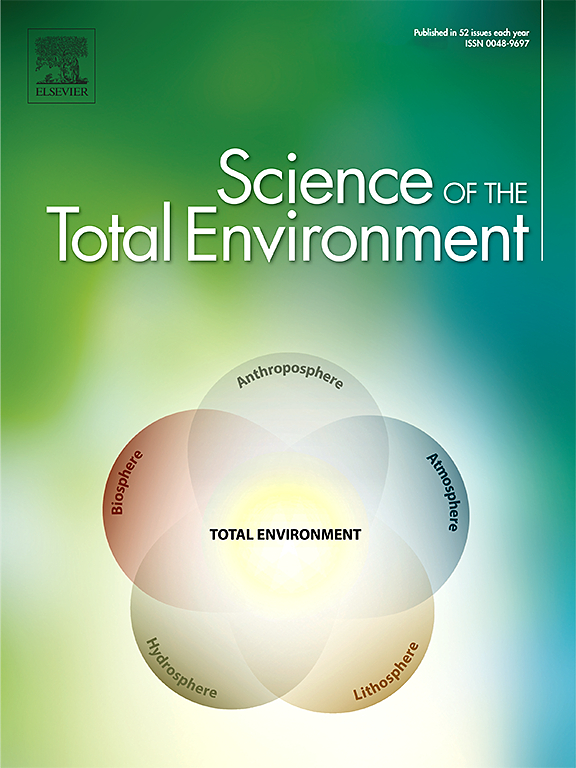Bee gut microbiota as an emerging endpoint for the environmental risk assessment of pesticides
IF 8.2
1区 环境科学与生态学
Q1 ENVIRONMENTAL SCIENCES
引用次数: 0
Abstract
Pollinator health is increasingly threatened by multiple stressors, including climate change, nutritional imbalances, pathogens, and pesticides. Environmental Risk Assessment (ERA) aims to evaluate the potential environmental harm of pesticides and regulate their use in agriculture. However, current ERA frameworks present significant shortcomings, particularly in addressing sublethal and microbiota-mediated effects. Incorporating bee gut microbiota as a biomarker-based monitoring tool could substantially strengthen pesticide risk assessments. In this work, we advocate for the inclusion of bee gut microbiota as a novel endpoint in ERA of pesticides. Using honey bees as a model, we discuss the robustness of gut microbiota as a comparative basis across laboratory and field environments. We also highlight its potential for early detection of sublethal impacts within shorter timeframes, facilitating more sensitive and cost-effective evaluations. Finally, we propose strategies to integrate microbiota-based endpoints into existing ERA frameworks and discuss recent advances and future research directions.

蜜蜂肠道微生物群作为农药环境风险评估的新兴终点
传粉媒介的健康日益受到多种压力因素的威胁,包括气候变化、营养失衡、病原体和杀虫剂。环境风险评估(ERA)旨在评估农药的潜在环境危害,并对农药在农业中的使用进行监管。然而,目前的ERA框架存在重大缺陷,特别是在处理亚致死和微生物群介导的影响方面。将蜜蜂肠道菌群作为基于生物标志物的监测工具可以大大加强农药风险评估。在这项工作中,我们提倡将蜜蜂肠道微生物群作为农药ERA的新终点。以蜜蜂为模型,我们讨论了肠道微生物群的稳健性,作为实验室和野外环境的比较基础。我们还强调它在较短时间内早期发现亚致死影响的潜力,促进更敏感和更具成本效益的评估。最后,我们提出了将基于微生物群的端点整合到现有ERA框架中的策略,并讨论了最近的进展和未来的研究方向。
本文章由计算机程序翻译,如有差异,请以英文原文为准。
求助全文
约1分钟内获得全文
求助全文
来源期刊

Science of the Total Environment
环境科学-环境科学
CiteScore
17.60
自引率
10.20%
发文量
8726
审稿时长
2.4 months
期刊介绍:
The Science of the Total Environment is an international journal dedicated to scientific research on the environment and its interaction with humanity. It covers a wide range of disciplines and seeks to publish innovative, hypothesis-driven, and impactful research that explores the entire environment, including the atmosphere, lithosphere, hydrosphere, biosphere, and anthroposphere.
The journal's updated Aims & Scope emphasizes the importance of interdisciplinary environmental research with broad impact. Priority is given to studies that advance fundamental understanding and explore the interconnectedness of multiple environmental spheres. Field studies are preferred, while laboratory experiments must demonstrate significant methodological advancements or mechanistic insights with direct relevance to the environment.
 求助内容:
求助内容: 应助结果提醒方式:
应助结果提醒方式:


